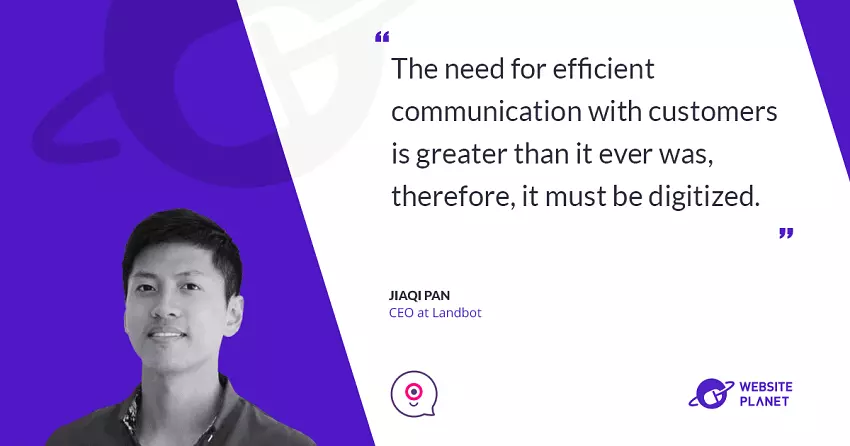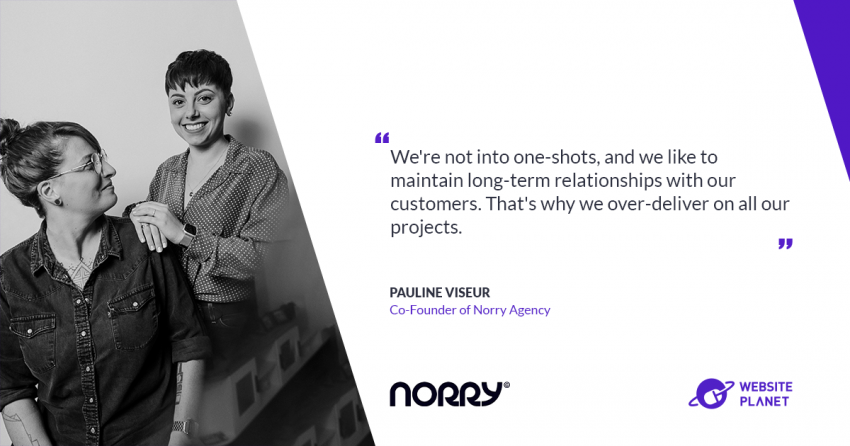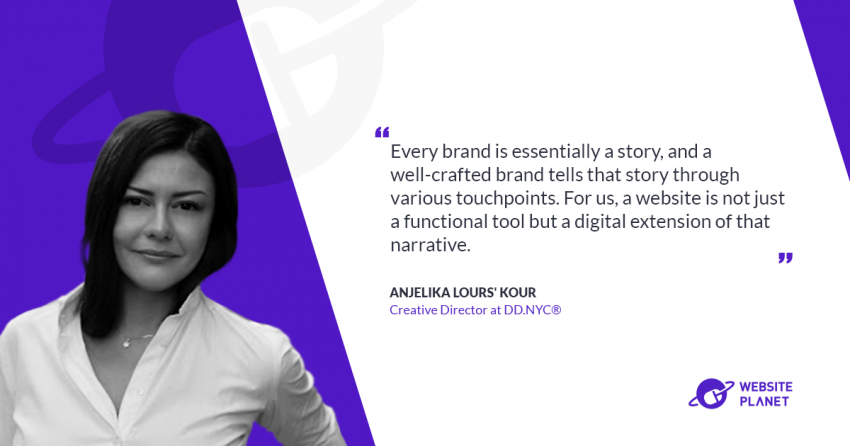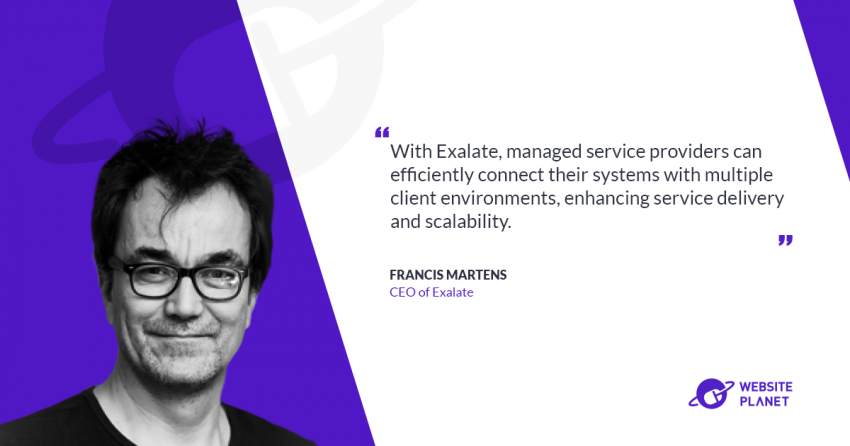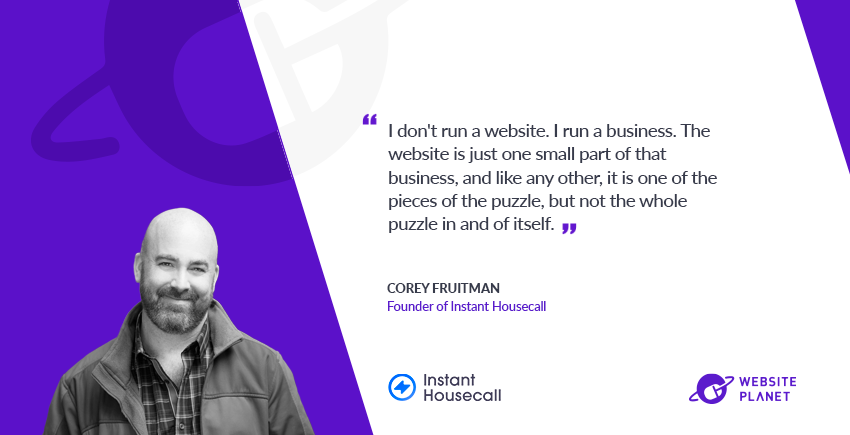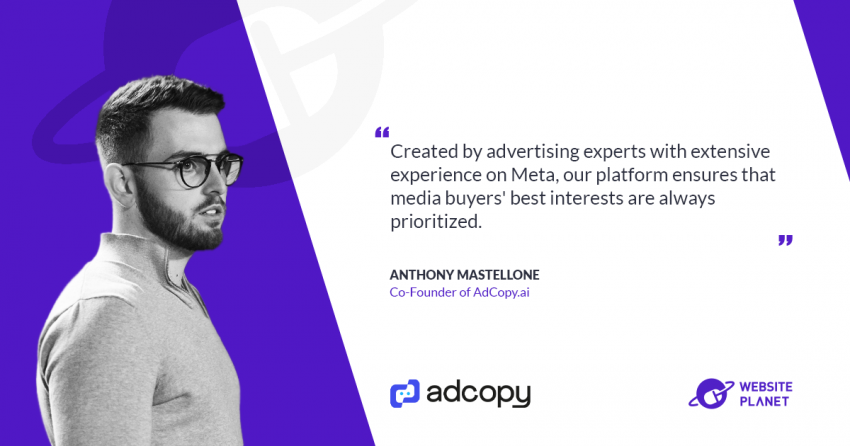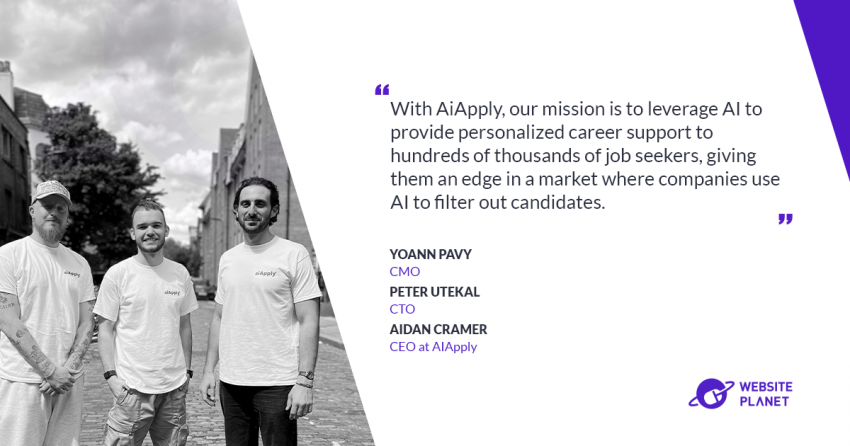If there’s one thing I enjoy about my work, it’s meeting with brilliant young minds like Jiaqi Pan, CEO at Landbot.
Landbot manages and automates conversations to help you design, deploy, and analyze conversational strategies and send information across without writing a single line of code. In this interview, Jiaqi discusses the challenges that COVID-19 has brought to the table and offers some valuable insights on leveraging automation to maintain business continuity.
Please describe the company background and its achievements so far.
We started 4 years ago with a completely different business model. We focused on end customers, helping them to get things done by ordering food and buying things online in the form of a concierge service. Everything went through our system in a conversational way. So we had a lot of agents communicating with customers, and that’s when we realized we needed to build a more efficient way to engage with customers. We started using different technologies to help our operation become more efficient. Over time, the concierge service wasn’t going so well, but we realized that the technology itself was very interesting for other businesses. So we changed our business model into a SaaS model. We help other businesses to automate their customer communication. Today, we work with 50,000 businesses all around the world, from small startups to big brands like Uber, LG, and Loreal. There’s a very wide range of businesses that use our solution.What are the core features of Landbot?
We are a communication automation platform. We help automate the interaction with customers throughout their customer lifecycle. Normally people use Landbot for marketing and lead generation campaigns, promoting products or services, and customer service. What it comes down to is you don’t need to have a human agent to answer all of the customer’s questions. One of the core features of Landbot is what we call the No-code block builder. Essentially, this is the solution people need in order to define what sequence they want to automate during the interaction with the customer, and the bot will perform those sequences. Landbot is a visual Drag & Drop interface. You can easily define different types of actions that the bot can perform, no coding experience necessary. We made it very easy to connect with external systems like Slack, Mailchimp, Hubspot, Google sheets, and others. These types of solutions that businesses typically use in their workflow can be integrated with the bot so the data that the bot is collecting can be routed back into their internal systems. Here’s a sneak preview of what you can expect from Landbot:
What are the most fundamental factors that marketers should consider when automating customer service?
We have a framework we call the 4C’s- customer, content, context, and channel. These are the four main factors a business should take into account when doing communication automation. I will briefly go through all of them.- Customer – You need to think about who is the user you want to communicate with. Everything should be aligned with the profile of the customer and his needs.
- Content- What are you going to say to the customer? In which format? Are you going to say it in text, audio, images, video? All of these need to be taken care of so when you send your message out to the customer, they receive it in an easy-to-consume way.
- Context- What are your customers doing? Are they working? Are they at home? Are they busy? You can communicate with customers in the most convenient way possible. There’s a concept called Real-time asynchronous communication, which is how messaging apps like WhatsApp work. You send someone a message. That person might not answer immediately, but eventually, they will see the message and respond to it. If you’re both available, you can continue the engagement right away. This type of communication really puts convenience on the side of the customer, and this is very critical for creating a good customer experience.
- Channel- How are you going to engage with the customers? Which channel will you use? Is it a website, email, Slack, or other platforms? Each channel has its own limitations and specific characteristics to take into account in order to create good communication.
